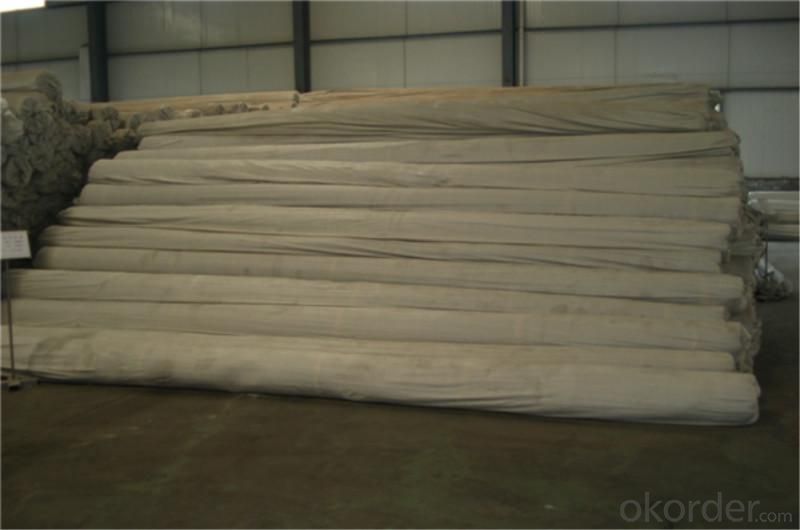- Understanding the Role of Geomembrane Liners in Waste Management
- Innovations in Geomembrane Liners for Water Management
- Geomembrane Liners: A Comprehensive Guide
- The Future of Geomembrane Liners in Civil Engineering
- Geomembrane Liners: Enhancing Landfill Stability
Manager:
WhatsApp:+86 177 0135 2670
Tel:+86 177 0135 2670
Email:marketing@okorder.com
Address:3rd Floor, No.2 Building, No.1 Sanlihe Road
Geomembrane Liners: Protecting Our Aquatic Ecosystems
Geomembranes, often referred to as synthetic liners, are versatile materials that have found their way into various applications, including the protection and preservation of our aquatic ecosystems. These liners are typically made from high-density polyethylene (HDPE), low-density polyethylene (LDPE), or polyvinyl chloride (PVC), and are designed to provide a barrier against contaminants, preventing them from seeping into water bodies and affecting aquatic life.

The Role of Geomembrane Liners in Aquatic Ecosystems
Aquatic ecosystems are delicate and complex environments that require careful management to maintain their balance. Geomembrane liners play a crucial role in this by offering a protective layer that safeguards these ecosystems from various threats. They are commonly used in the construction of artificial lakes, reservoirs, and ponds, as well as in the containment of wastewater and hazardous materials. By acting as a barrier, geomembranes prevent the infiltration of pollutants and help in maintaining the natural integrity of water bodies.
A Natural Fit for the Environment
One of the most compelling aspects of geomembranes is their compatibility with the environment. They are designed to be durable and resistant to the elements, ensuring a long-lasting solution for aquatic ecosystem protection. Moreover, these liners are flexible and can be easily molded to fit the contours of the terrain, making them an ideal choice for irregularly shaped bodies of water.
The Science Behind Geomembrane Liners
The effectiveness of geomembranes lies in their impermeable nature, which is achieved through the unique properties of the materials used in their construction. HDPE, for instance, is known for its excellent chemical resistance and ability to withstand a wide range of temperatures. This makes it an ideal material for creating liners that can perform under various conditions without compromising their integrity.
Applications Beyond Aquatic Ecosystems
While their primary function is to protect aquatic ecosystems, geomembranes have found applications in other areas as well. They are used in landfills to prevent the leakage of harmful substances into the ground, in mining operations to contain tailings, and in agriculture to line irrigation canals and reservoirs. This versatility showcases the broad impact that geomembranes can have on environmental conservation.
The Future of Geomembrane Liners
As we continue to face environmental challenges, the need for innovative solutions like geomembranes becomes increasingly important. With advancements in material science and engineering, we can expect to see even more efficient and eco-friendly geomembrane liners in the future. These advancements will not only improve the performance of these liners but also reduce their environmental footprint.
Embracing the Power of Geomembrane Liners
In conclusion, geomembrane liners are a testament to human ingenuity in the quest for environmental protection. They are more than just a barrier; they are a symbol of our commitment to preserving the natural world for future generations. By understanding and embracing the power of geomembrane liners, we can take a step towards a more sustainable and eco-friendly future.
Let's appreciate the unsung heroes of our aquatic ecosystems – the geomembranes that work silently yet effectively to keep our waters clean and life thriving.
- Previous:Advances in Geomembrane Liner Technology
- Next:The Role of Geomembrane Liners in Reservoir Construction






